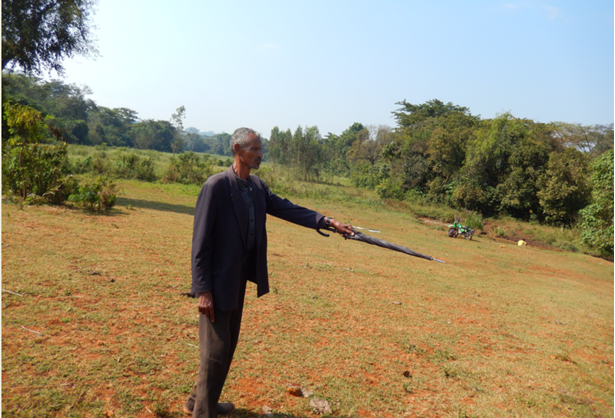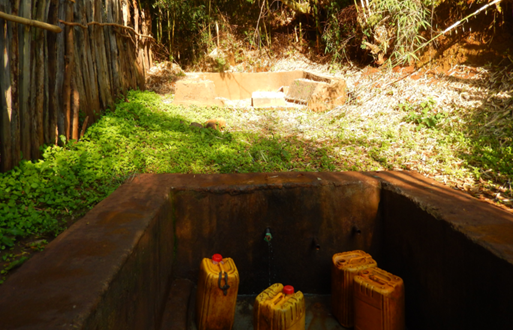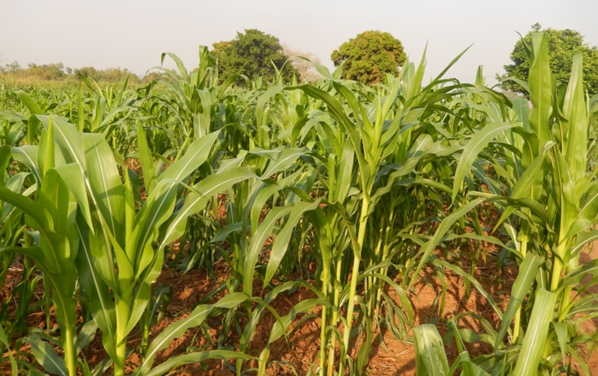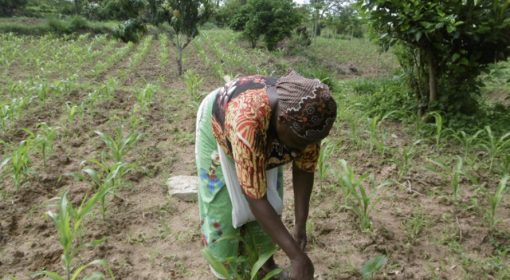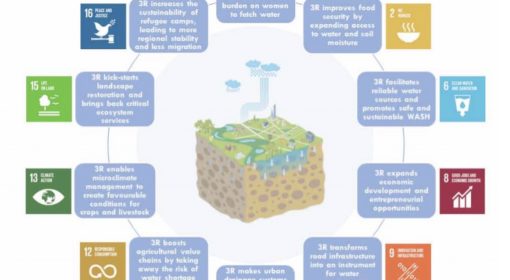By Taye Alemehayu and Frank van Steenbergen
April 23, 2015
Figure 1: Showing the level of a dying river in old times
Postcard from Gambela – the westernmost wonderland of Ethiopia bordering South Sudan, subject to rapid change. Come June or July, the entire Gambela lowland changes into a vast wetland. Triggered by the rain from the Ethiopian highlands, the Baro and Gilo rivers overtop their banks for five to seven months, making the area as good as impassible.
Once the floods withdraw, the main local cropping season starts. As soon as the inundation recedes, farming – primarily of maize, the local staple crop, is done along a one-kilometer strip along the rivers. As the flood gradually retreats, the upper part is cultivated first, starting in September. Lasting till February, new strips of land are cultivated following the gradually receding flood. The heavy sediment deposits on the riverbanks provide fertile soil that holds ample moisture and does not require additional input as it is replenished by silt every year. As the sediment deposits near the riverbank are sandy the land hereis a little elevated and dries faster than the areas at larger distance. The land beyond the one-kilometerstrip is more clayey and used for grazing.
There is a smaller, more challenging cropping season in the relatively higher eastern part of the Gambela flood plains. It starts with planting maize in May and lasts till July. After planting, most fields get submerged under water. Harvesting is done by entering the plots with traditional boats. The harvested maize is kept on a tree trunk till the ground is dry. The role of women in all of this is huge. It ranges from being deployed in the farm to making local wine and food for the labor-intensive work during the second season. The first farming season is preferred for its higher productivity and easiness.
In the last ten years the face of Gambela has changed dramatically. From a backwater with a complex hydrological system it was propelled into a supposed new agricultural frontier in 2005. Several mega-concessions were issued to international and national investors to convert Gambela into a future global food basket. Most notorious was the Karaturi concession that had 300,000 ha area allocated to this Indian agricultural company that planned to grow Palmolive and cane. After failing to fulfill its promise, ‘only’ 100,000 ha was released. The other prime example was Saudi Star that would introduce large-scale rice farming on 500,000 ha of land. It acquired 10,000 ha in Gambela plain. Besides these there were many smaller concessions.
Less than ten years later, most of these investments have been stopped or stalled.
The Karaturi company went off to a flying start with fleets of bulldozers removing forest, only to realize that large part of their concession was a swampy floodplain – less amenable to the straightforward irrigated agriculture they had in mind. At present their operations are nearly grounded. Similarly, the Saudi Star concession has lost steam and the construction of their irrigation infrastructure has been suspended. One of the main problems with these huge enterprises has been their ill-preparedness. A second issue has been their often non empathic relations with local communities that have gained very little from all the bruha. Problems have even been worse for the many small concessions given in parcels of less than 10,000 ha to local ‘investors’. These were often ‘men without plans’, with no prior experience in farming, least of all in the demanding conditions of lowland Gambela.
The thwarted lowland development is in fact not the only grave change in Gambela. Part of the surrounding catchment of Gambela in recent years has been severely eroded. Steep hill sides are opened up for new coffee gardens without even the most basic land management. This is changing the entire hydrology of the area –severe sedimentation and base flows that are no longer secured in the dry season, causing concerns that rivers are dying out. In addition there is a marked drop in rainfall – an enigmatic phenomena seen across large part of the area – where the Congo Basin received high rainfall from 1965-2005 – but with rainfall figures now much lower and back to the pre-1965 days.
These hydrological changes have caused once-rich springs in upper catchments of Gambela from being perennial to become intermittent. For long there was not much interest in modernized drinking water systems, because clean water was abundantly available from backyard hand dug wells or nearby springs. This gift from nature however is now increasingly uncertain: lowering of spring flows, decreasing water tables and complete dry-ups are becoming common, On the social side: there are several areas where water was never in short supply, but spring flows are now rationed and regulated by the local community.
In a basin known for its rich round the year flow, people in some areas start to fear that the flow of their perennial rivers might no longer support them in the driest months – February, March and April. In addition there are other related eco-systems changes. Termites are expanding, extremely feared as they can take large swaths of lands as they have done so in adjacent basins. Furthermore, temperatures are increasing and rain is now erratic and untimely. As in other parts of Western Ethiopia their onset appears to have shifted by a month and sometimes extends during harvest times. Not all parts of the Gambela are equally affected: it is particularly the North where things have become chaotic. If anything there has been little understanding of wonderland Gambela, its hydrology and agro-ecosystems. Development has been blind and blunt.
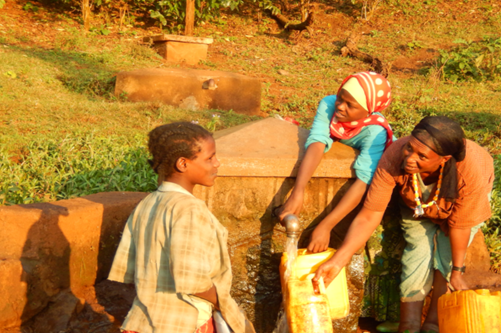
Figure 2: Upper faucet is dry at this early month of the year Figure 3: Rationed and flow regulated (capped) spring
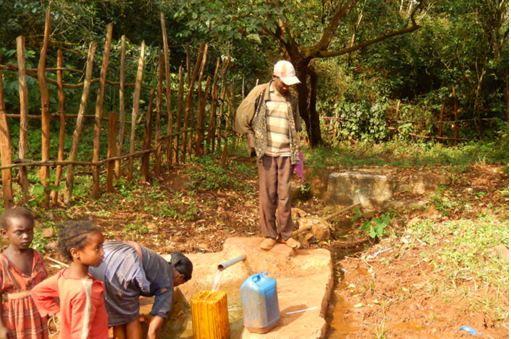
Figure 4: Dying spring with only lower faucet functioning Figure 5: Dry ground

